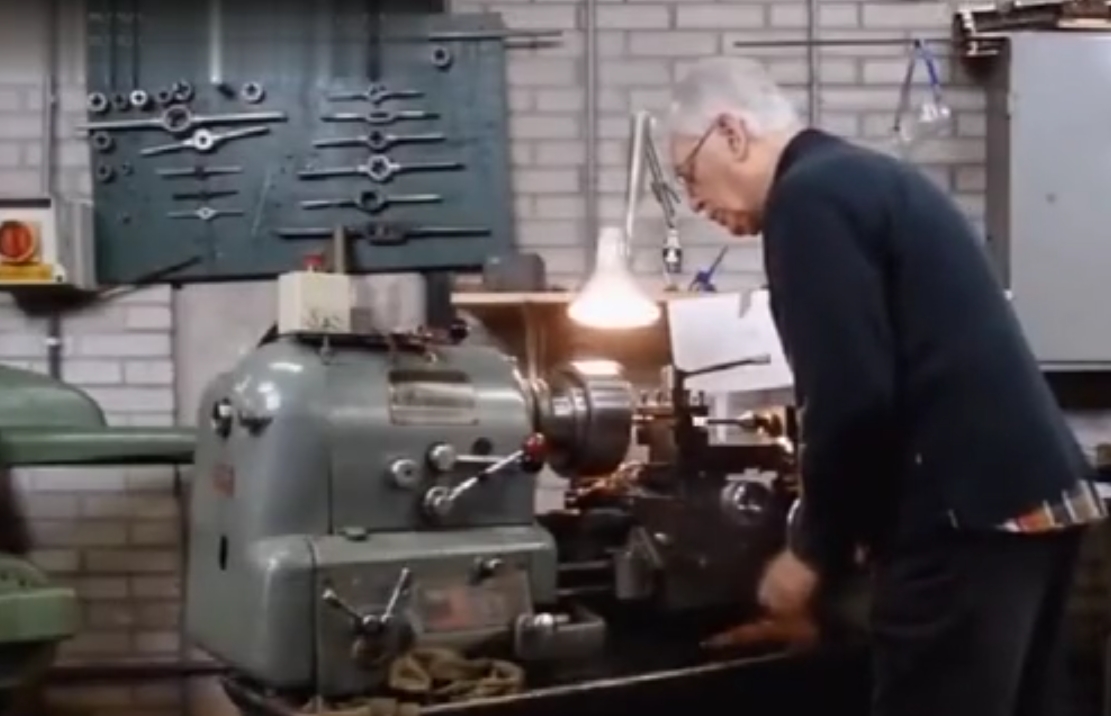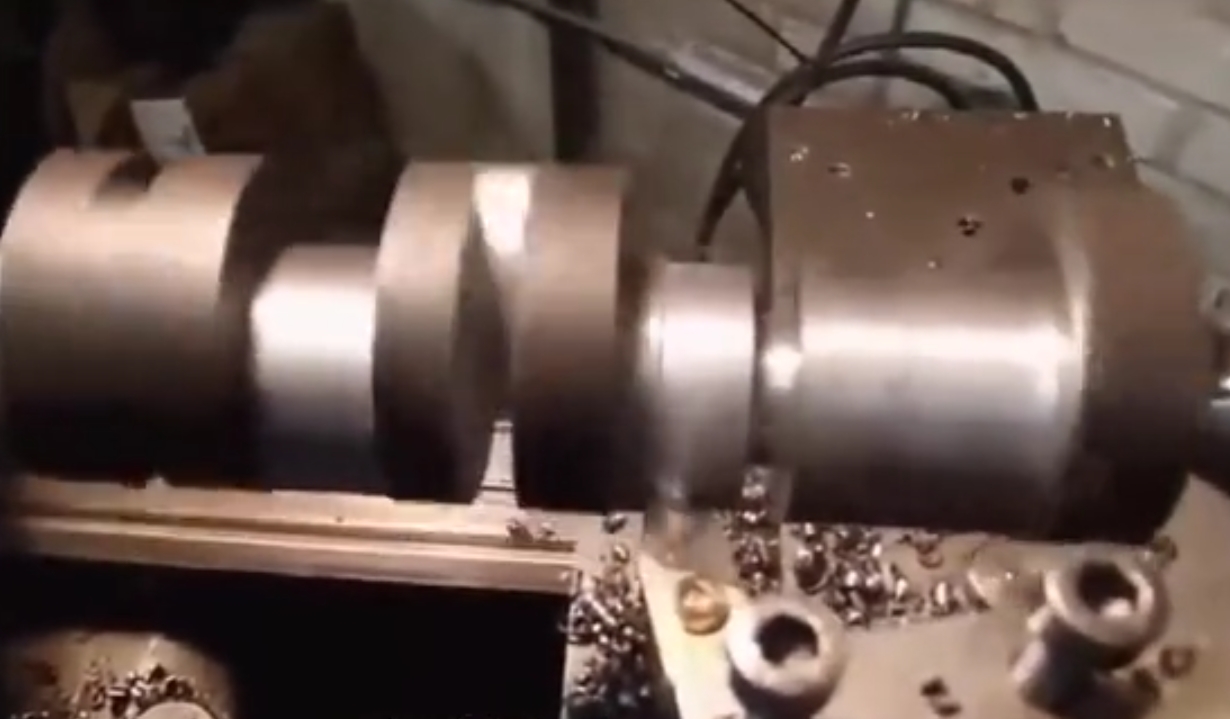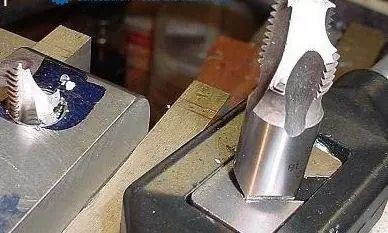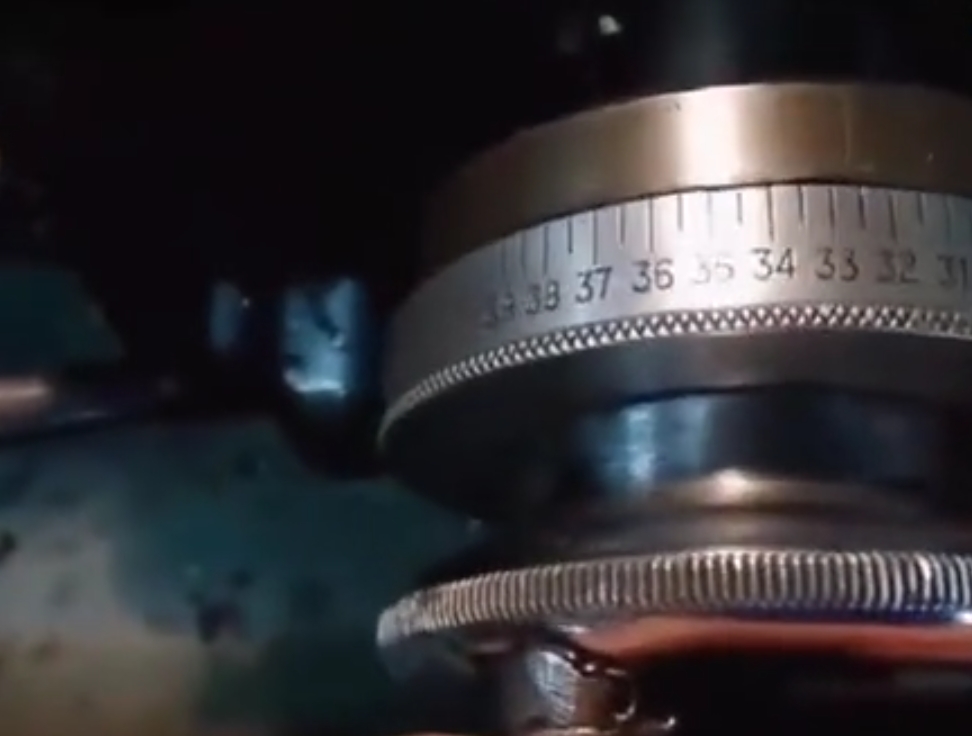Cutting-edge Methods and Skillful Applications to Prevent Aluminum Part Deformation
Numerous factors contribute to the distortion of aluminum components during the manufacturing process, including material properties, part geometry, and production parameters.
The primary factors encompass internal stress within the raw material, distortion resulting from machining forces and heat, and deformation induced by clamping pressure.
1. Process measures to reduce processing deformation
1. Reduce the internal stress of the blank
The internal tension of the raw material can be somewhat alleviated through natural or artificial aging and vibration procedures. Preliminary processing is also a viable method. In the case of raw materials with generous overhangs and substantial protrusions, the distortion post-processing is also significant.
Processing the surplus portion of the raw material beforehand and diminishing the overhang of each section can not only mitigate the processing distortion in subsequent procedures, but also permit it to be set aside for a duration post-preliminary processing, which can further alleviate some of the internal tension.
2. Improve the cutting ability of the tool
The cutting force and cutting heat during machining are significantly influenced by the material composition and the specific shape of the tool. Selecting the appropriate tool is vital for minimizing distortion during part processing.
1) Reasonably select tool geometric parameters.
①Rake angle plays a critical role in cutting operations. It is important to carefully select a larger rake angle while ensuring the blade’s strength is maintained. A larger rake angle not only helps achieve a sharper cutting edge but also minimizes cutting distortion and facilitates efficient chip removal, leading to reduced cutting force and temperature. Tools with negative rake angles should be avoided at all costs.
②Relief angle: The magnitude of the relief angle significantly affects the wear on the flank and the quality of the machined surface. The selection of the relief angle depends on the thickness of the cut. In rough milling, where there is a substantial feed rate, a heavy cutting load, and high heat generation, it is crucial to ensure optimal heat dissipation from the tool. Hence, a smaller relief angle should be chosen. Conversely, for fine milling, a sharp cutting edge is necessary to minimize friction between the flank and the machined surface and to reduce elastic deformation. Consequently, a larger clearance angle is recommended.
③Helix angle: In order to make milling smooth and reduce milling force, the helix angle should be as large as possible.
④ Main deflection angle: Properly reducing the main deflection angle can improve heat dissipation conditions and reduce the average temperature of the processing area.
2) Improve the tool structure.
①To improve chip evacuation, it is important to decrease the quantity of teeth on the milling cutter and enlarge the chip space. Due to the greater plasticity of aluminum parts, there is increased cutting deformation during processing, necessitating a larger chip space. As a result, a larger bottom radius for the chip groove and a reduction in the number of milling cutter teeth are recommended.
②Perform a precise grinding of the blade teeth, ensuring that the roughness value of the cutting edge is below Ra=0.4um. When using a new knife, it is advisable to lightly grind both the front and back of the teeth using a fine oil stone to remove any burrs and minor irregularities that may have resulted from sharpening. This process not only reduces cutting heat but also minimizes cutting deformation.
③It is essential to closely monitor the wear standards of cutting tools. As the tool wears down, the surface roughness value of the workpiece rises, cutting temperature increases, and workpiece deformation becomes more pronounced. In addition to choosing cutting tool materials with excellent wear resistance, it is crucial to adhere to a maximum tool wear limit of 0.2mm to prevent the occurrence of built-up edge. During cutting operations, it is recommended to maintain the workpiece temperature below 100°C to prevent deformation.
3. Improve the clamping method of workpieces
For thin-walled aluminum workpieces with poor rigidity, the following clamping methods can be used to reduce deformation:
①When working with thin-walled bushing parts, using a three-jaw self-centering chuck or spring chuck to clamp the parts radially can result in workpiece deformation when loosened after processing. In such cases, it is advisable to employ a stronger axial end face compression method. Start by locating the inner hole of the part, creating a custom threaded mandrel, and inserting it into the inner hole. Utilize a cover plate to apply pressure to the end face, and then secure it in place with a nut. By employing this approach, you can prevent clamping deformation during outer circle processing, leading to improved processing accuracy.
②When working with thin-walled sheet metal parts, it is advisable to utilize magnetic clamping technology to achieve uniform clamping force, coupled with finer cutting parameters. This approach effectively mitigates the risk of workpiece deformation during processing.As an alternative, internal support can be implemented to enhance the stability of thin-walled components.
By infusing the workpiece with a supportive medium, such as a urea solution containing 3% to 6% potassium nitrate, the likelihood of deformation during clamping and cutting can be minimized. This filler can be subsequently dissolved and removed by immersing the workpiece in water or alcohol post-processing.
4. Arrange the process reasonably
In the course of high-speed cutting, the milling process is prone to vibrations due to the substantial machining allowance and intermittent cutting, leading to adverse impacts on machining accuracy and surface roughness. Consequently, the CNC high-speed cutting procedure typically encompasses various stages, namely rough machining, semi-finishing, corner cleaning, and finishing, among others.
In instances where components demand high precision, it may be necessary to execute secondary semi-finishing followed by finishing. Subsequent to rough machining, it is beneficial to allow the parts to undergo natural cooling to alleviate the internal stress induced by rough machining and minimize deformation. The margin left after rough machining should exceed the level of deformation, usually ranging from 1 to 2 mm.
Moreover, when conducting finishing, it is imperative to retain a consistent machining allowance on the finished surface of the part, typically ranging from 0.2 to 0.5mm. This practice ensures that the tool remains in a stable condition during processing, thereby significantly mitigating cutting deformation, achieving superior surface processing quality, and upholding product accuracy.
2. Operation skills to reduce processing deformation
Parts made of cnc machined aluminum parts are deformed during processing. In addition to the above reasons, the operating method is also very important in actual operation.
1. For components with substantial machining allowance, it is essential to employ symmetrical processing techniques to enhance heat dissipation during machining and prevent heat concentration. As an illustration, when reducing a 90mm thick sheet to 60mm, milling one side and then immediately milling the other, followed by a single final sizing process results in a flatness of 5mm. In contrast, employing repeated symmetrical processing, with each side milled in two stages, ensures a final size with a flatness of 0.3mm.
2. If there are several indentations on the plate component, it is not recommended to employ the step-by-step processing method for each individual indentation. This could lead to irregular stress distribution and subsequent deformation of the component. Instead, consider implementing layered processing to machine all the indentations simultaneously on each layer, before moving on to the next layer. This will help ensure even stress distribution and minimize deformation.
3. To mitigate cutting force and heat, the cutting amount can be adjusted. Among the trio of cutting amount factors, back cutting amount significantly impacts cutting force. Excessive machining allowance and cutting force can lead to part deformation, compromise the machine tool spindle rigidity, and reduce tool durability. A decrease in back cutting amount can substantially reduce production efficiency. Nonetheless, high-speed milling in CNC machining can address this issue. By concurrently decreasing back cutting amount and increasing the feed and machine tool speed, cutting force can be diminished while maintaining processing efficiency.
4. Attention should also be given to the sequence of cutting. In rough machining, the focus is on enhancing processing efficiency and striving for maximum material removal per unit of time. Generally, up milling is preferred. This means that the surplus material on the surface of the workpiece is removed at the highest speed and in the shortest time possible to establish the required geometric outline for finishing. On the other hand, the finishing process prioritizes high precision and superior quality, hence down milling is recommended. As the cutting thickness of the tool gradually decreases from maximum to zero during down milling, it significantly reduces work hardening and minimizes part deformation.
5. Deformation of thin-walled workpieces caused by clamping during processing is an inevitable issue, even after they have been finished. To minimize workpiece deformation, it is recommended to release the pressure before finishing to achieve the final dimensions. This allows the workpiece to naturally revert to its original shape. Subsequently, the pressure can be cautiously tightened until the workpiece is fully clamped, achieving the desired processing effect. Ideally, the clamping force should be applied to the supporting surface, aligning with the workpiece’s rigidity. While ensuring that the workpiece remains secure, it is preferable to use minimal clamping force.
6. When machining parts with a hollow space, it is advisable to avoid the milling cutter penetrating directly into the part akin to a drill during the process. This can lead to limited chip space for the milling cutter, hampered chip evacuation, and resultant overheating, expansion, and deterioration of the parts. Undesirable occurrences such as distortion and tool breakage may ensue. It is recommended to initially use a drill bit of equal size or slightly larger than the milling cutter to bore the hole and subsequently employ the milling cutter for machining. Alternatively, a spiral cutting program can be generated using CAM software.
The primary challenge influencing the precision of aluminum part fabrication and the quality of its surface finish is the susceptibility of these parts to distortion during processing. This necessitates that the operator possess a certain level of operational expertise and proficiency.
Anebon depend on sturdy technical force and continually create sophisticated technologies to meet the demand of cnc metal machining, 5 axis cnc milling and casting automobile. All the opinions and suggestions will be greatly appreciated! The good cooperation could improve both of us into better development!
ODM Manufacturer China Customized aluminium CNC Parts and machinery parts making, At present, Anebon’s items have been exported to more than sixty countries and different regions, such as Southeast Asia, America, Africa, Eastern Europe, Russia, Canada etc. Anebon sincerely hope to establish wide contact with all potential customers both in China and the rest part of the world.
If you wanna know more about us or wanna inquiry, please send an e-mail to info@anebon.com



